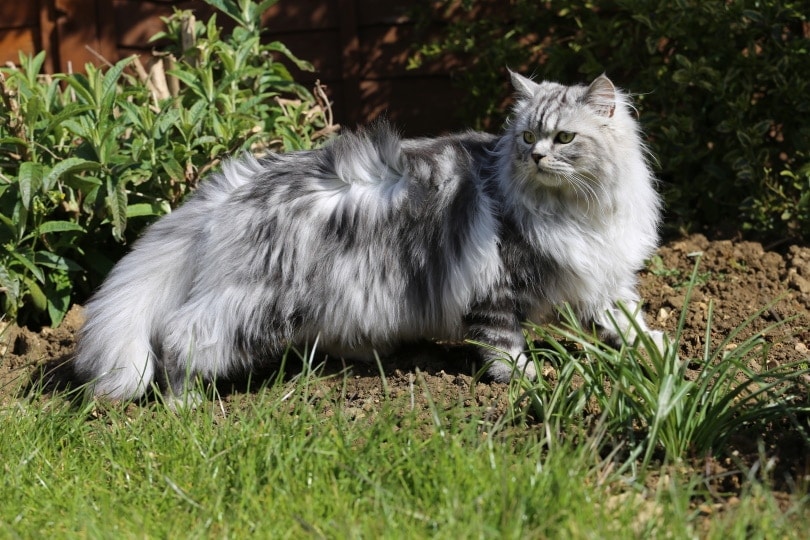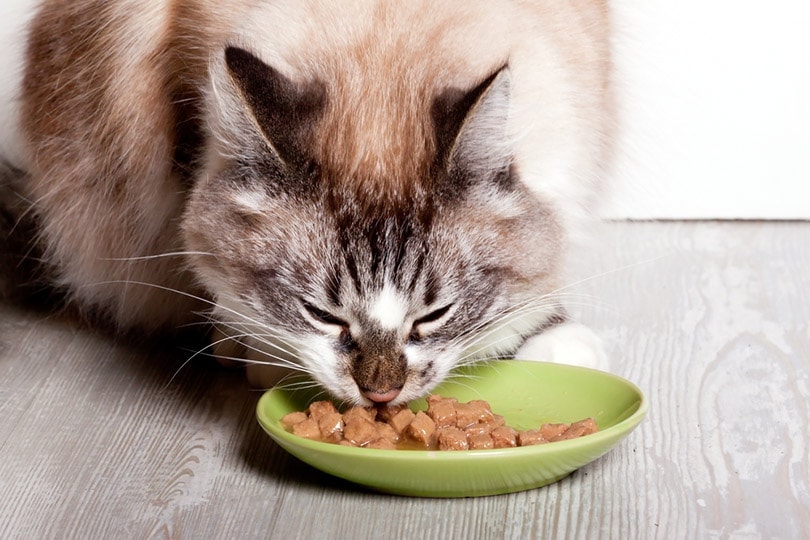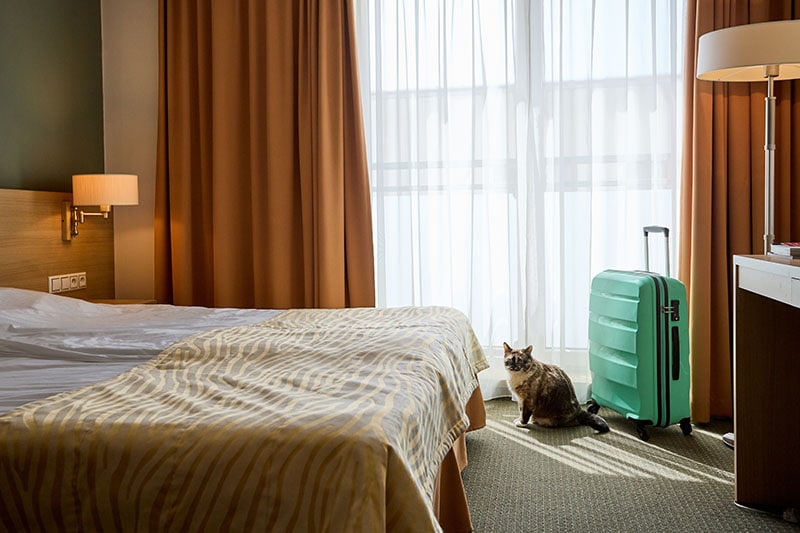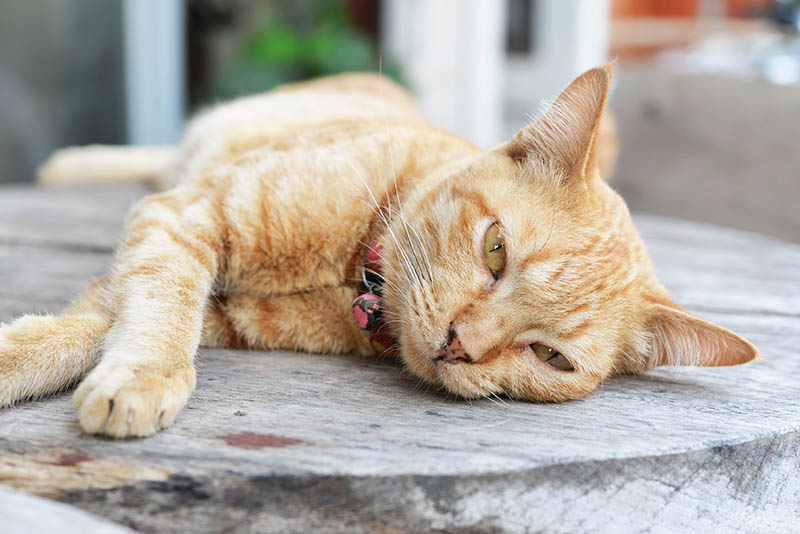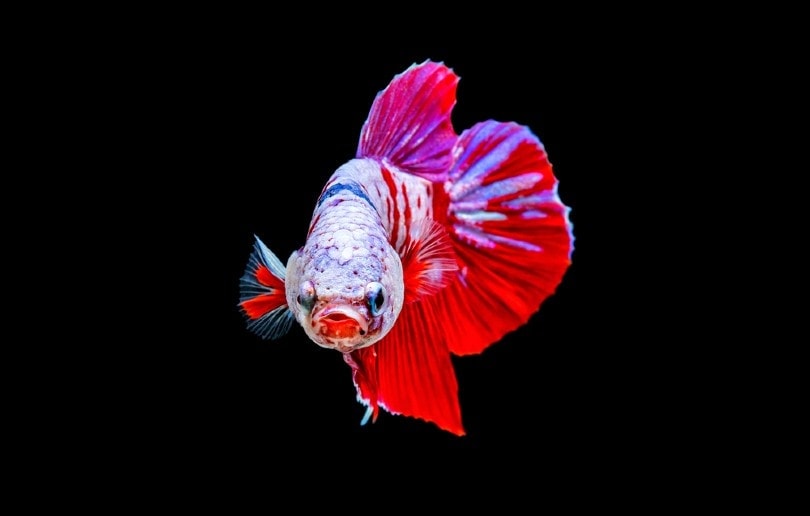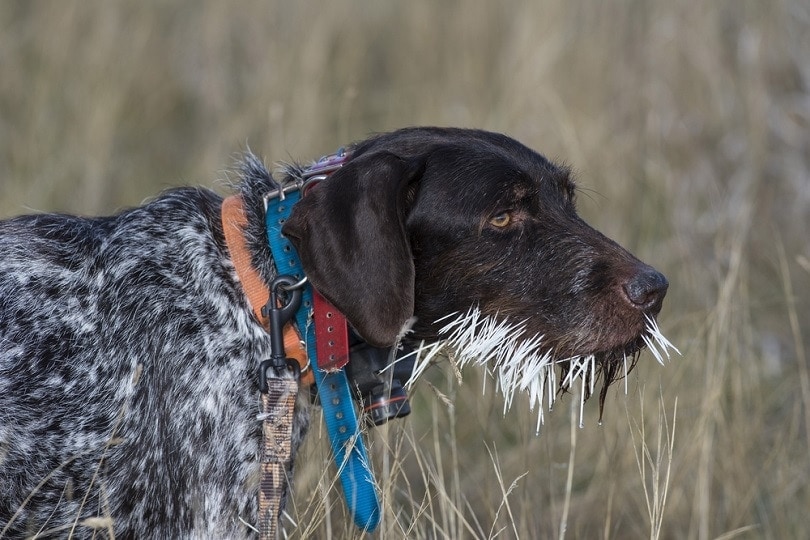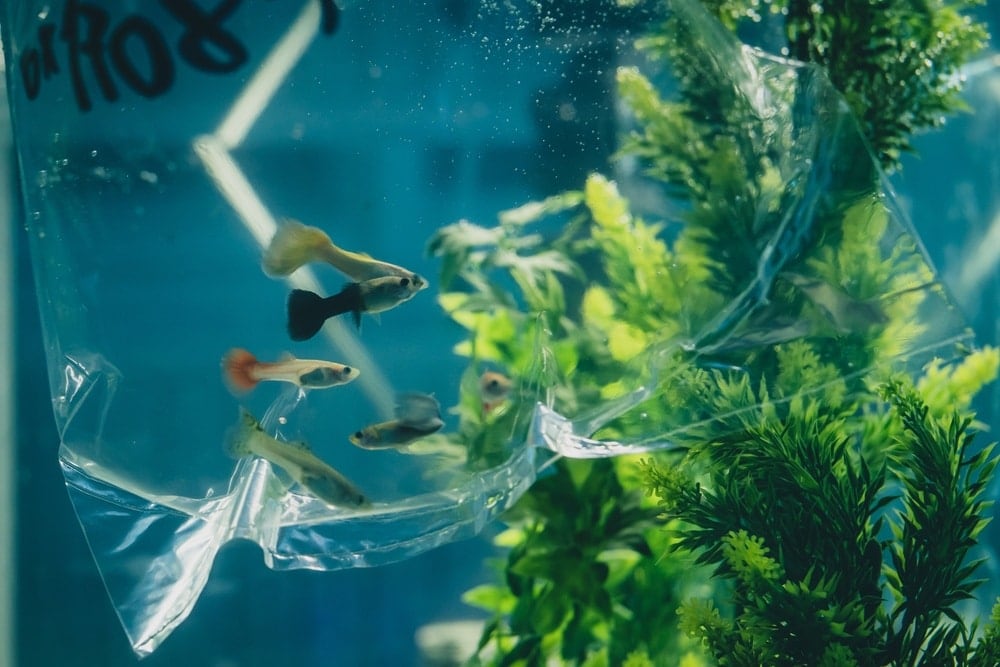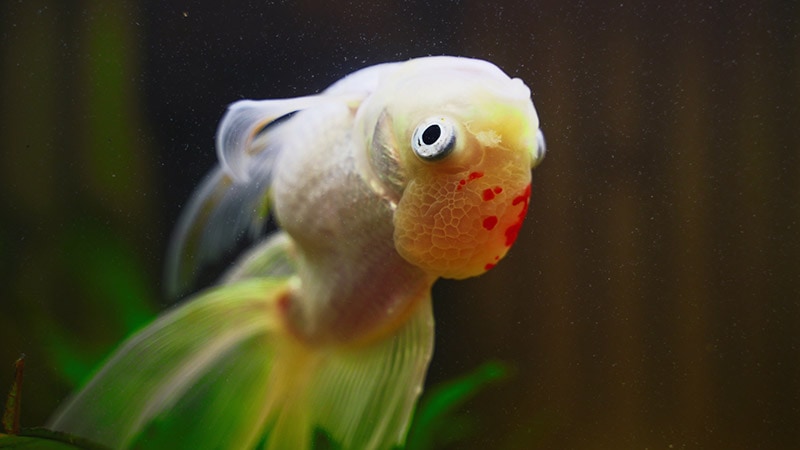9 Common Balinese Cat Health Problems
Updated on
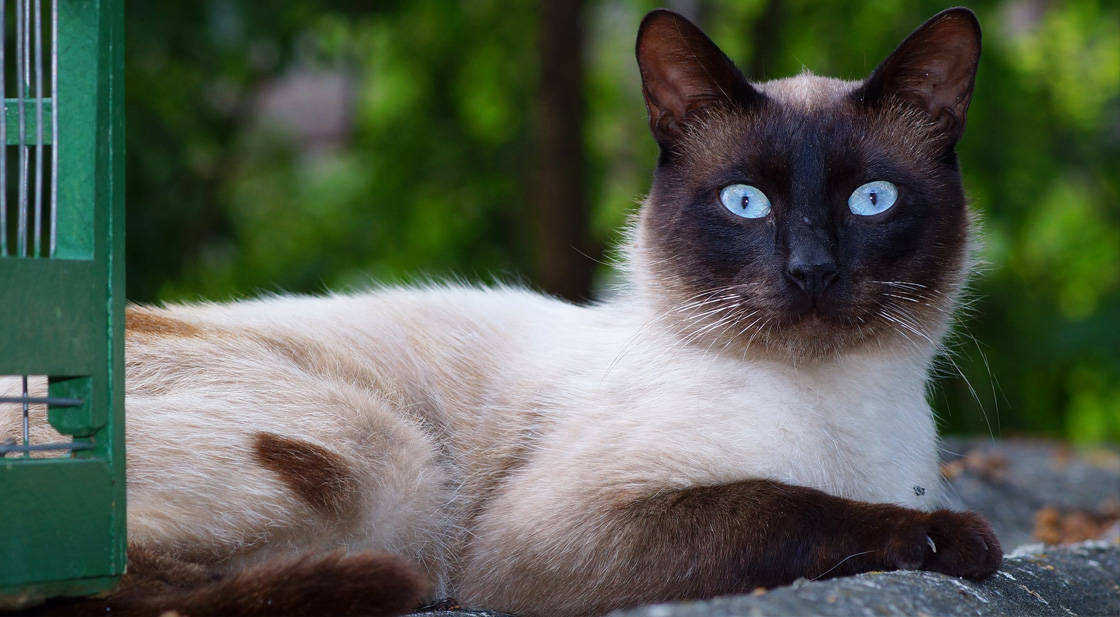
As much as we wish that cats never got health issues, the reality is that all cats are at risk for certain health problems that can be genetically inherited. In this article, we’ll examine the Balinese cat breed specifically.
Balinese cats are generally healthy, but they can be predisposed to certain health conditions due to their Siamese ancestors. Let’s take a look at specific conditions that you should be aware of if you’re the proud owner of a Bali or are considering getting one. We’ll start with minor illnesses and then progress to potentially serious health issues.
Top 3 Balinese Cat Minor Health Conditions
1. Crossed Eyes
Crossed eyes, also known as convergent strabismus, are a common condition in the Balinese breed, whereas, in other breeds, it’s considered a birth defect. If your Bali has this condition, there’s no cause for alarm. A telltale sign is if your Bali’s eyes point inward or flicker from side to side, a condition known as nystagmus. Despite the appearance, your Balinese can see just fine with this condition. However, nystagmus may cause nausea, vomiting, or head tilt.
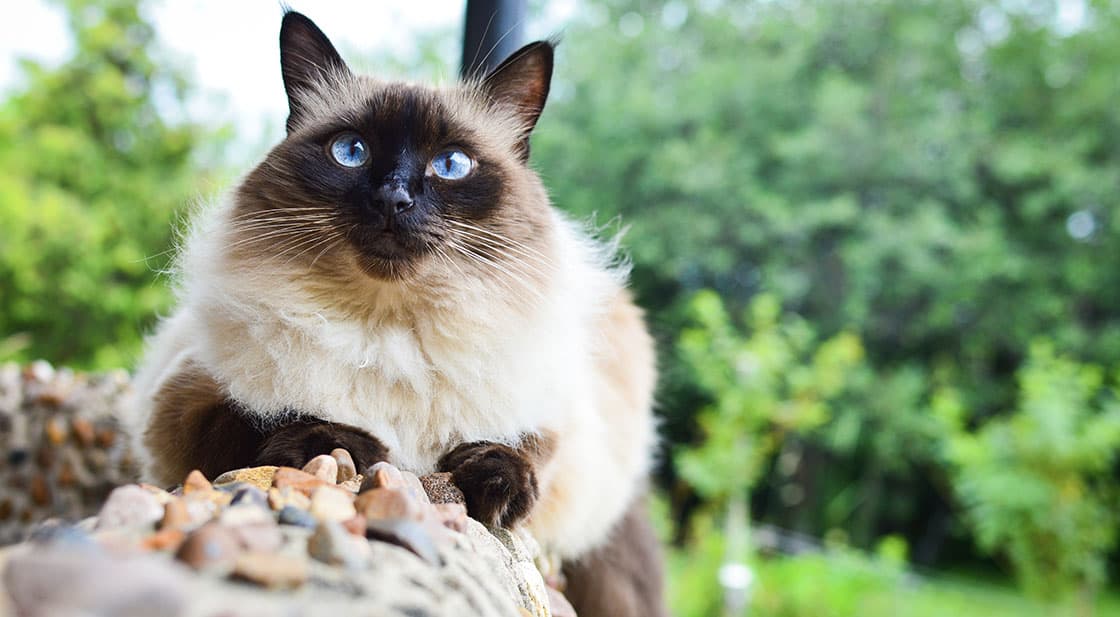
2. Kinked Tail
A kinked tail is nothing to be alarmed about and is inherited through the bloodline. It is believed that this tail deformity may skip a generation. A kinked tail may come from an injury, or it could occur at birth.
3. Dental Disease
Dental disease can occur in any breed, and it’s a common problem in cats over 3 years old. Dental hygiene plays an important role when you’re a cat owner, and taking specific steps can prevent dental diseases from progressing, such as gingivitis and periodontal disease.
Brushing your Bali’s teeth daily is essential in keeping dental disease at bay. We know that’s easier said than done but try to aim for brushing your Bali’s teeth at least three times a week. If your Bali will let you, do it daily. You can also try water additives to help in between brushings. Also, never use human toothpaste. Instead, only use toothpaste made for cats.

Top 6 Balinese Cat Serious Health Conditions
4. Amyloidosis
Amyloidosis is a serious condition that is usually a genetic inheritance. This condition affects the organs in the body, primarily the liver and kidneys, and results in deposits of abnormal proteins throughout organs and tissues in the body. The disease can develop between 1–5 years of age, and the progression may be slow or aggressive.
5. Dilated Cardiomyopathy
Dilated Cardiomyopathy (DCM) is the medical term for an enlarged heart, and the condition affects the ventricular muscle. When the heart is affected, it loses its ability to push blood out of the ventricle, resulting in an overload of the heart and ultimately leading to congestive heart failure.
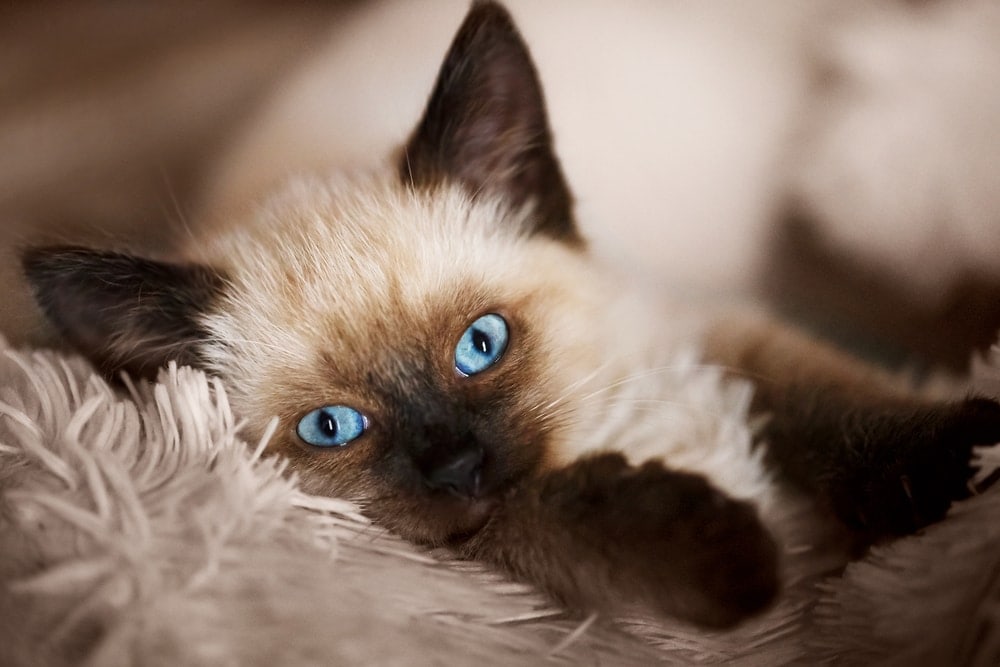
6. Progressive Retinal Atrophy
Progressive Retinal Atrophy (PRA) is inherited through some Balinese bloodlines. The disease causes vision loss and usually results in total blindness.
A recessive gene causes this disease, meaning that even if a kitten’s parents are only carriers, the kitten can still develop it. The disease usually starts around 1.5–2 years of age. Night blindness is usually the first symptom, with total blindness following in roughly 2–4 years. Unfortunately, there is no treatment or cure.
7. Asthma
Asthma is an inflammation of the airways that can be acute or chronic, usually resulting in bronchitis. Siamese cats are prone to asthma, making the Balinese prone as well. Asthma can appear between the ages of 2–8, and the initial symptom is coughing.

8. Lymphoma
Lymphoma is connected with a viral infection called feline leukemia. Cats can be vaccinated for this infection. However, lymphoma can still occur.
Common risk factors are immune system suppression, gastrointestinal inflammation, feline immunodeficiency virus (FIV), and of course, feline leukemia (FeLV). Chemo is usually the preferred course of treatment, and it usually strikes around 11 years of age.
9. GM1 Gangliosidosis
Gangliosidosis is a condition where the affected cat lacks the enzyme to metabolize certain lipids, which results in fats accumulating within cells in the body. As a result, this condition disrupts normal cellular function. This leads to neurological conditions, such as ataxia, tremors, a high-stepping gait, and nystagmus.
Signs can appear between 1–5 months of age and progress into seizures and weakness, with death commonly occurring around 8–10 months of age.
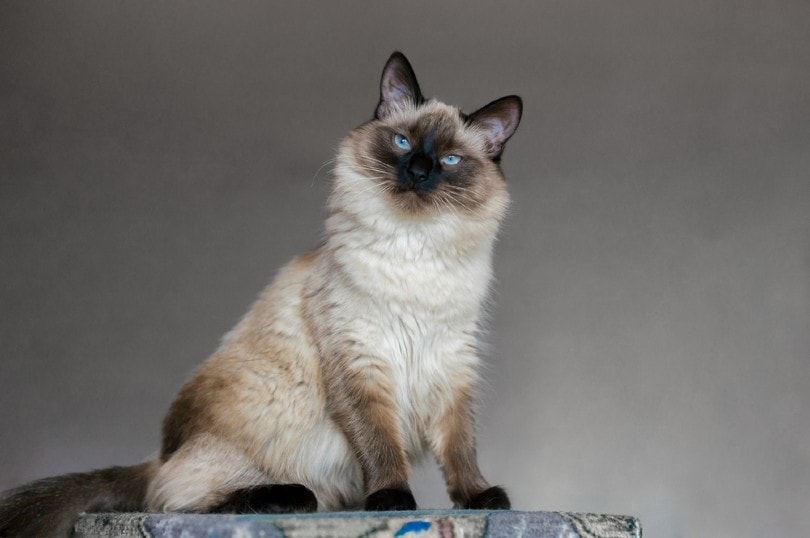
 Final Thoughts
Final Thoughts
Please remember that while these are specific health conditions that Balinese cats are prone to, it does not mean they will develop any of them. This article is not meant to scare you but to inform you of potential health risks.
Reputable breeders will breed out certain health risk factors, making finding a reputable and responsible breeder a dire part of the process. Never trust a breeder who tries to pressure you into buying a kitten. Also, ask a lot of questions—a qualified breeder will be highly knowledgeable of the breed and will be happy to address your concerns.
See Also:
- Balinese vs Siamese Cats: The Differences (With Pictures)
- 17 Smallest Cat Breeds: Felines That Stay Little (with Pictures)
Featured Image Credit: cornelazar, Pixabay

